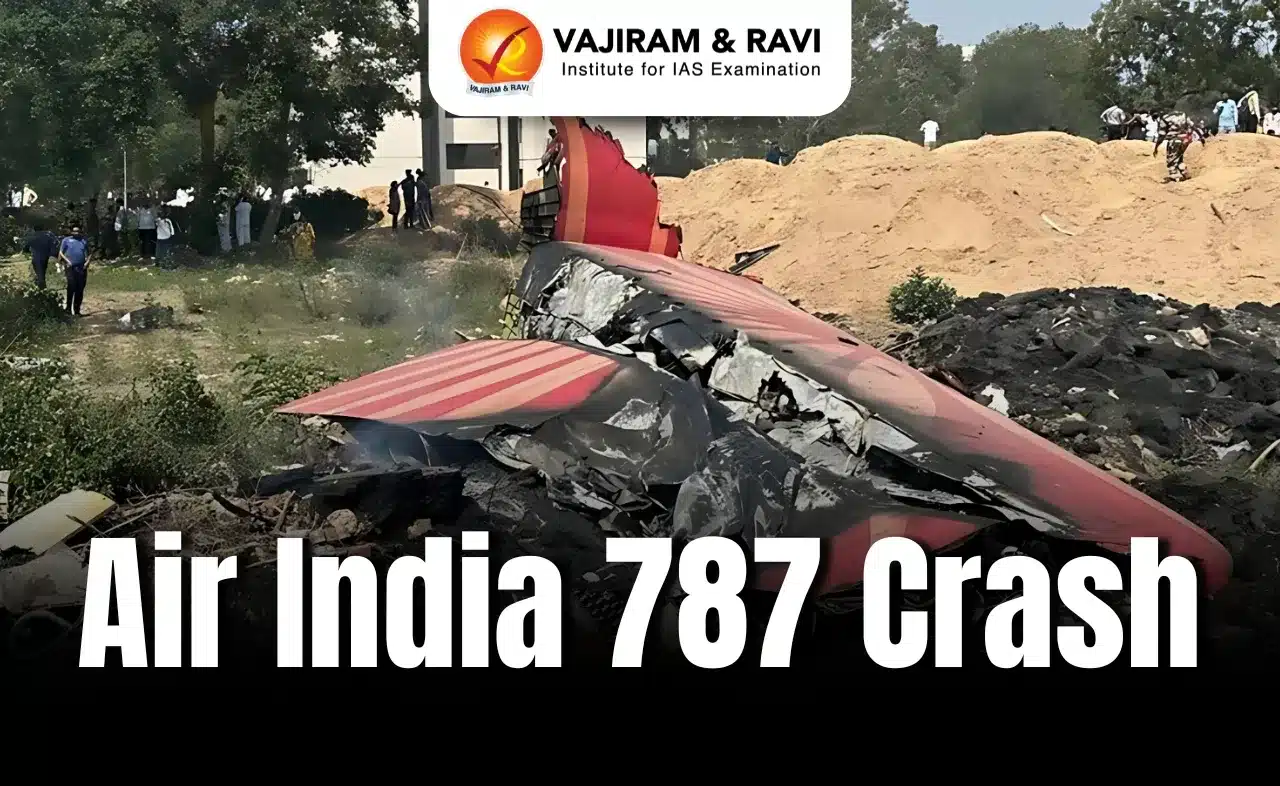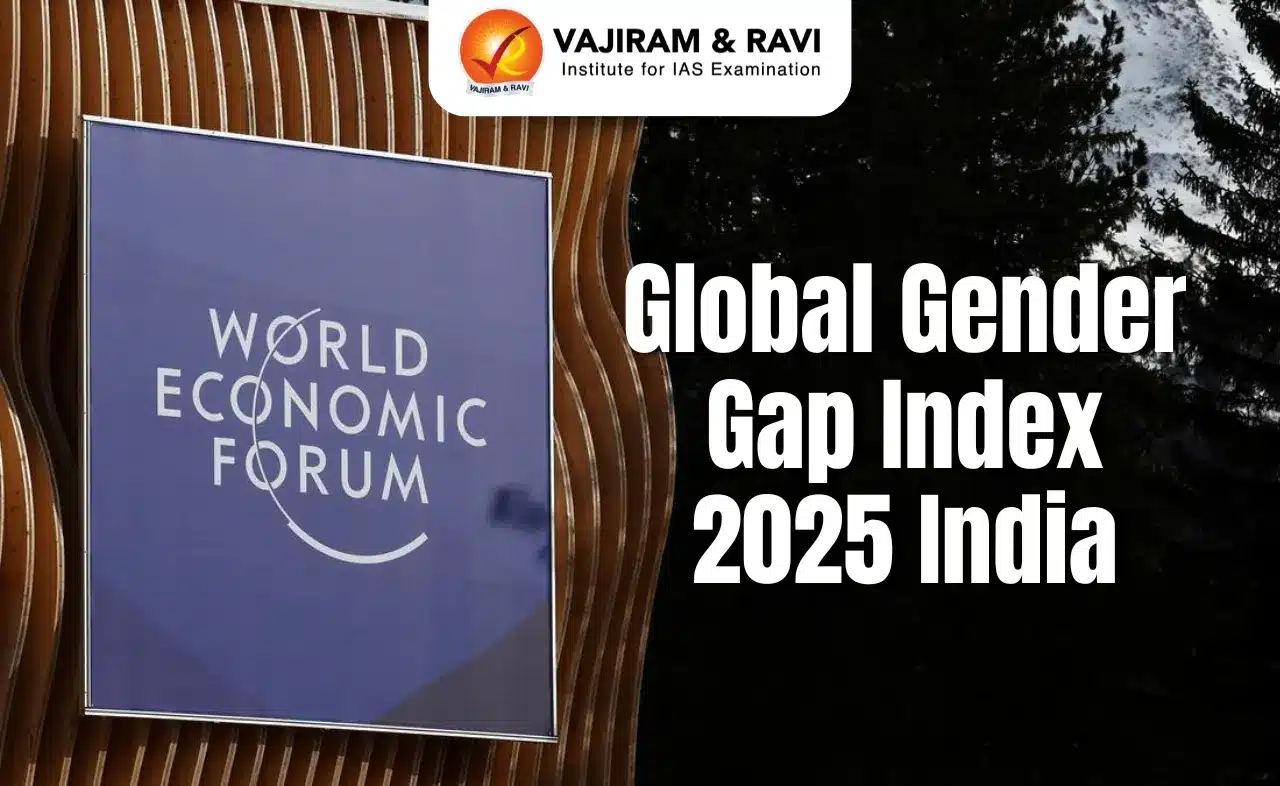What’s in today’s article?
- Why in News?
- Three-Tier Framework for AI Hardware Export Restrictions
- Special Provision for India and China
- Why did the US impose these caps?
- Potential Impact on India
- Nvidia’s Criticism of the AI Diffusion Rules
Why in News?
The Joe Biden administration, days before leaving office, introduced a regulatory framework titled ‘Framework for Artificial Intelligence Diffusion’ that categorizes countries into three tiers for AI hardware export restrictions. The first tier includes 18 close US allies with minimal restrictions, while the third tier severely restricts exports to countries of concern.
The rules aim to maintain US control over advanced AI chips and models, but their enforcement will depend on the incoming Trump administration.
Three-Tier Framework for AI Hardware Export Restrictions
- Tier 1: Closest US Allies
- Includes 18 countries like Australia, Canada, Germany, Japan, and the UK.
- No restrictions on computing power deployment by US companies.
- Security requirements are minimal.
- Tier 2: Majority of Countries, Including India
- Most countries fall in this category, including India.
- Limited to importing around 50,000 advanced AI chips through 2027, which could double with a US agreement.
- India is placed in the middle tier, facing some limitations on importing GPUs, potentially impacting its plan to acquire 10,000 GPUs for the IndiaAI Mission.
- Large AI data centers could face challenges, but smaller firms remain unaffected.
- Tier 3: Restricted Countries (severely restricts exports to countries of concern)
- Includes nations like Russia, China, North Korea, and Libya.
- Export of US AI technology to these countries is nearly prohibited.
Special Provision for India and China
- The law also envisions a special review called the General Validated End User.
- This list includes only two countries: India and China.
- India
- Indian companies that get this authorisation can use the exported items for civilian and military purposes, but not for nuclear use.
- China
- Chinese companies with this authorisation can only use the technology for civilian use.
Why did the US impose these caps?
- To prevent adversaries like China, Iran, and Russia from accessing advanced AI technologies.
- To build a trusted technology ecosystem while addressing national security risks.
- The policy aims to protect US technological leadership without stifling innovation.
Potential Impact on India
- Short-term Impact:
- Experts feel that India’s initial plan to procure 10,000 GPUs for the ₹10,000-crore IndiaAI Mission is unlikely to be affected.
- Subsidised GPUs will be provided to startups, academia, and researchers for training AI models.
- Long-term Concerns:
- Licensing uncertainties and trade negotiations may challenge large-scale AI deployments.
- Companies like Reliance and Yotta, aiming to build AI compute infrastructure, could face delays.
- Scaling up AI data centers requiring several hundred thousand GPUs may become difficult.
India’s Response and Options
- Current demand can be fulfilled, but future scaling may require reassessment of restrictions by the incoming Trump administration.
- India could secure General National Validated End User authorisations due to its non-re-exporter status and support from Nvidia and AMD.
- The country’s AI market is projected to grow to $17 billion by 2027 at an annual rate of 25%-35%.
Nvidia’s Criticism of the AI Diffusion Rules
- Nvidia, dominating the AI GPU market, criticized the Biden administration’s new AI diffusion rules as:
- Overreaching and Bureaucratic: Described the 200+ page regulatory framework as excessive, secretive, and lacking proper legislative review.
- Harming US Competitiveness: Claimed the rules impose unnecessary controls over semiconductor and software design and marketing, weakening US innovation and global leadership.
- Contrasting Trump’s Approach: Praised the first Trump administration for fostering AI growth through industry competition without compromising national security, contrasting it with Biden’s policies.
- Nvidia suggested the new rules would hinder innovation rather than mitigate any threats.
Q.1. How does the new US AI export rule affect India?
India is placed in Tier 2, with limited access to advanced AI chips, impacting large-scale AI projects. However, initial AI missions like IndiaAI may not face immediate disruption, although future scaling could be challenging.
Q.2. What is Nvidia’s criticism of the new AI export rules?
Nvidia criticized the rules for being bureaucratic and excessive, harming US innovation and competitiveness. The company argued that the restrictions would impede the growth of AI technology, contrasting it with Trump’s more flexible approach.
Last updated on June, 2025
→ UPSC Notification 2025 was released on 22nd January 2025.
→ UPSC Prelims Result 2025 is out now for the CSE held on 25 May 2025.
→ UPSC Prelims Question Paper 2025 and Unofficial Prelims Answer Key 2025 are available now.
→ UPSC Calendar 2026 is released on 15th May, 2025.
→ The UPSC Vacancy 2025 were released 1129, out of which 979 were for UPSC CSE and remaining 150 are for UPSC IFoS.
→ UPSC Mains 2025 will be conducted on 22nd August 2025.
→ UPSC Prelims 2026 will be conducted on 24th May, 2026 & UPSC Mains 2026 will be conducted on 21st August 2026.
→ The UPSC Selection Process is of 3 stages-Prelims, Mains and Interview.
→ UPSC Result 2024 is released with latest UPSC Marksheet 2024. Check Now!
→ UPSC Toppers List 2024 is released now. Shakti Dubey is UPSC AIR 1 2024 Topper.
→ Also check Best IAS Coaching in Delhi






















